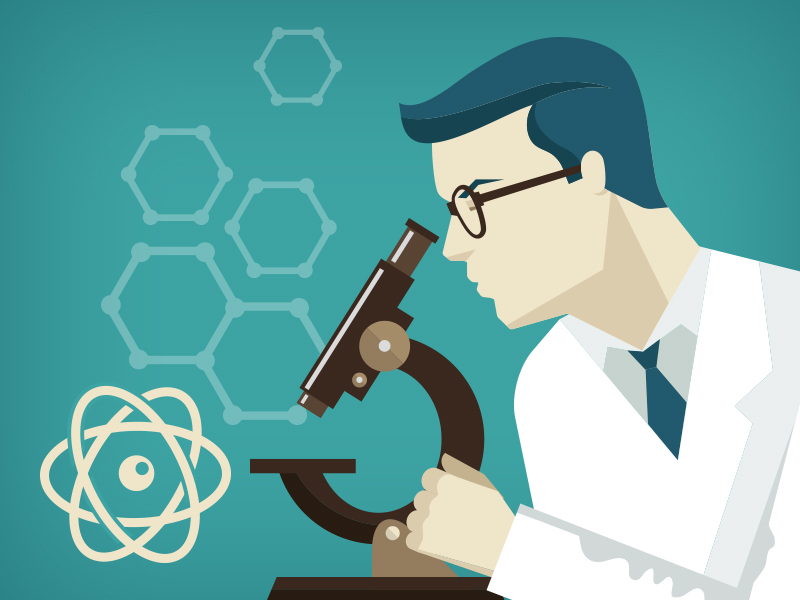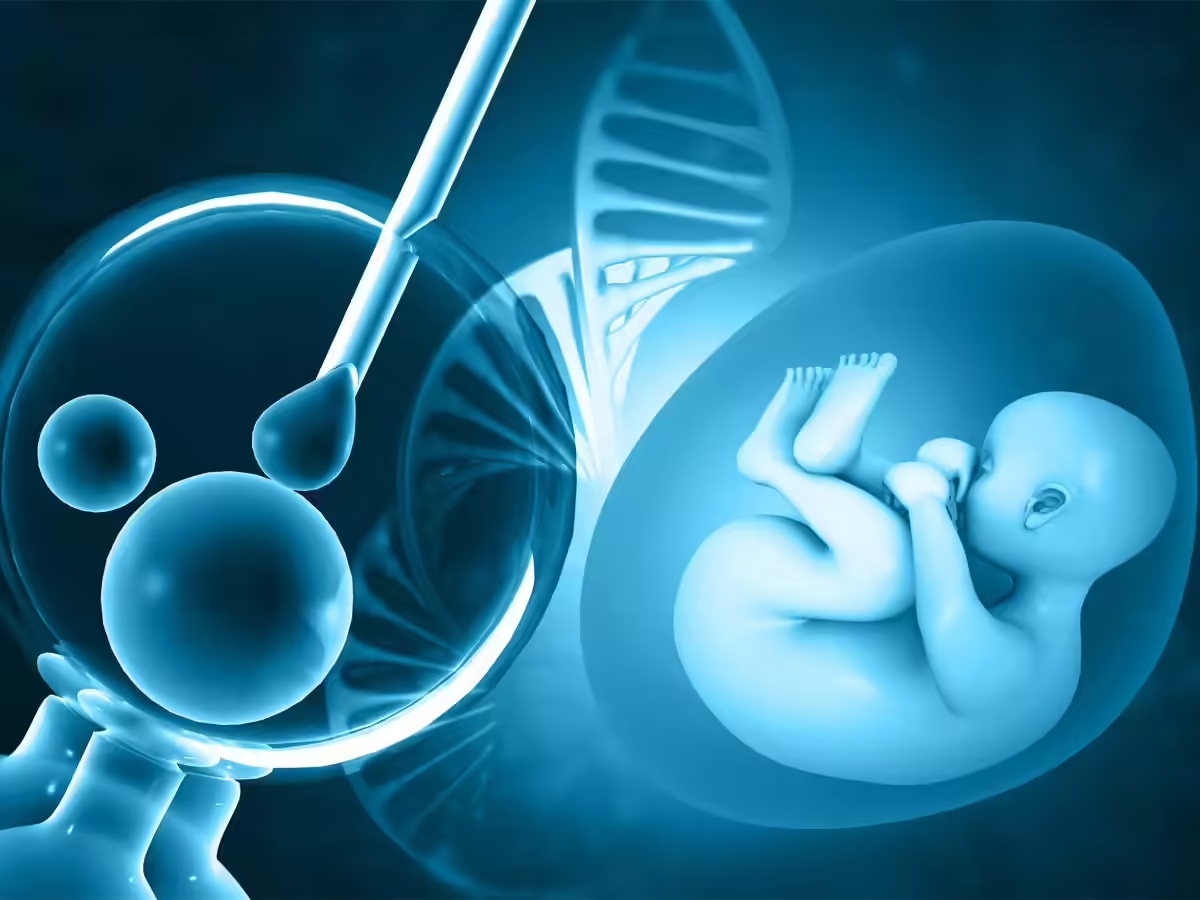What is Fertility?
Fertility is defined as the natural capacity to conceive a child. However, fertility does not come easily to everyone. About 11% of couples in the world are facing the issue of infertility—the inability to conceive naturally after one year of unprotected sexual intercourse. Fertility is not only a female health issue.
History And Physical Examination
History and physical examination together with the semen analysis provide the basic information for the initial evaluation of most men.
In addition to a normal general medical history, particular attention should be paid to history of undecided testes, pubertal development, genital surgery or infection, fertility in the current or previous relationships and coital frequency, erection or ejaculation problems.
Examination of the male is important to identify any general health issues associated with infertility such as obesity, proper positioning of testes, consistency and size of testes, abnormalities in the ducts arising from testes or adjoining veins. Penile abnormalities may result in inadequate delivery of semen to the upper vagina. Rectal examination may reveal prostate abnormalities.
Investigations for Male Partner
What investigations are usually recommended for evaluation of a male partner? they can be divided into the following broads heads:
-
Evaluation of the semen
-
EHormonal analysis
-
Chromosomal analysis
-
Ultrasound analysis
-
Testicular biopsy
-
Other tests

Physical examination of Male Partner
Examination of the male is important to identify any general health issues associated with infertility such as obesity, proper positioning of testes, consistency and size of testes, abnormalities in the ducts arising from testes or adjoining veins. Penile abnormalities may result in inadequate delivery of semen to the upper vagina. Rectal examination may reveal prostate abnormalities.
Male Infertility Causes
Abnormal Sperm Morphology: A morphologically normal human sperm has a smooth oval shaped head and a long tail at the distal end. Morphology is an important factor in a semen analysis while evaluating male infertility. According to WHO the normal sperm morphology should be more than 4% normal forms. Though an abnormal shaped sperm can fertilize an egg there is a definite difficulty in getting a pregnancy. The main causes of abnormal sperm morphology are a genetic trait, exposure to toxic chemical like paints etc, smoking, alcohol and caffeine, an increase in the testicular temperature and infections. The genetic material cannot be changed but the other factors causing such abnormality can be reversed.
Low Motility: Motility is the ability of a human sperm to swim properly which if decreased makes natural conception much more difficult. The sperms with lower motility will not be able to reach the egg leading to an inability to fertilize the egg. The main cause of low motility is dietary insufficiency, smoking and alcohol, stress, certain medications, exposure to heat etc. According to the WHO criteria the total motility should be more than 40% and the progressive motility more than 32%. Medications and other treatments have no significant increase in the motility of the sperms though clomiphene, combination of vitamin, antioxidants, minerals etc are used with limited effect. Lifestyle modifications are also advised like, stopping alcohol, smoking, stress management etc. In vitro fertilization (IVF) and intra cytoplasm sperm injection (ICSI) is the next line of treatment if IUI fails or if motility is lower than required for IUI. Sometimes insemination with donor sperms is also done if motility is very low or if higher level of treatment is unaffordable.
Low Sperm Count: A low sperm count or concentration is known as oligospermia where there is fewer than normal count of sperms in an ejaculate. According to the WHO criteria the sperm count should be more than 15 million /ml of semen. Having a low count decreases the chance of the sperms reaching the egg and fertilizing it and hence the chance of a natural conception is reduced. There are a number of underlying causes leading to low sperm count such as chromosomal defect, hormonal imbalance, infections, varicocele, anti-sperm antibodies, retrograde ejaculation, certain medications, exposure to heat and chemicals, certain tumors, stress and obesity. The reversible causes can be treated with surgery, medicines, hormone therapy, avoiding smoking and alcohol and lifestyle changes.
Azoospermia: Azoospermia is defined as the complete lack of sperm in the ejaculate. It is found in almost 5-10% of all male infertility cases. The problem lies in either the production of the sperms or the delivery of the sperms. The initial evaluation in an azoospermic case is to distinguish between the two and diagnose the actual cause of such a condition. After a detailed personal, medical and family history, physical examination, relevant hormonal and other blood tests and at least 2-3 seminal analysis also checking centrifuged sample, we can come to a valuable conclusion as regards the diagnosis. If the above evaluations also do not clarify the exact cause then the next step is go for a testicular biopsy.The production defect causing azoospermia can be due to hormonal problems, testicular failure which can be due to genetic abnormalities, varicocele, cancer therapy, major ailments like kidney failure, DM, exposure to drugs and chemicals etc. Some of the above causes can be treated with medicines or surgeries and azoospermia corrected to a certain extent.
Blockage: A very important cause of male infertility is blockage or obstruction in the ejaculatory ducts. This leads to a very low ejaculate volume and very low or absence of sperms. There are three types of blockages, first the complete obstruction wherein both the ducts are blocked, partial obstruction where one duct is blocked or there is partial block in both ducts and lastly functional blockage where there is no physical blockage. The main factors leading to ejaculatory duct obstruction can congenital or acquired. The congenital causes may be Mullein duct cyst or Wolfsan duct cysts etc. The acquired causes can be due to various infections like Chlamydia, TB, calculus etc. Though imaging techniques like trans-rectal ultrasound and MRI are important tools in diagnosing ejaculatory duct obstruction, the sensitivity is limited. There are certain newer techniques like seminal vesicle sperm aspiration; TRUS guided seminovesiculography and ejaculatory duct manometry which are more confirmatory. The definitive treatment for blockage is transurethral resection of the ejaculatory ducts or TURED which has its limitations, and recanalisation with balloon catheter is another treatment approach. The treatment of choice in male infertility with ejaculatory duct obstruction is assisted reproduction with TESE and ICSI.
